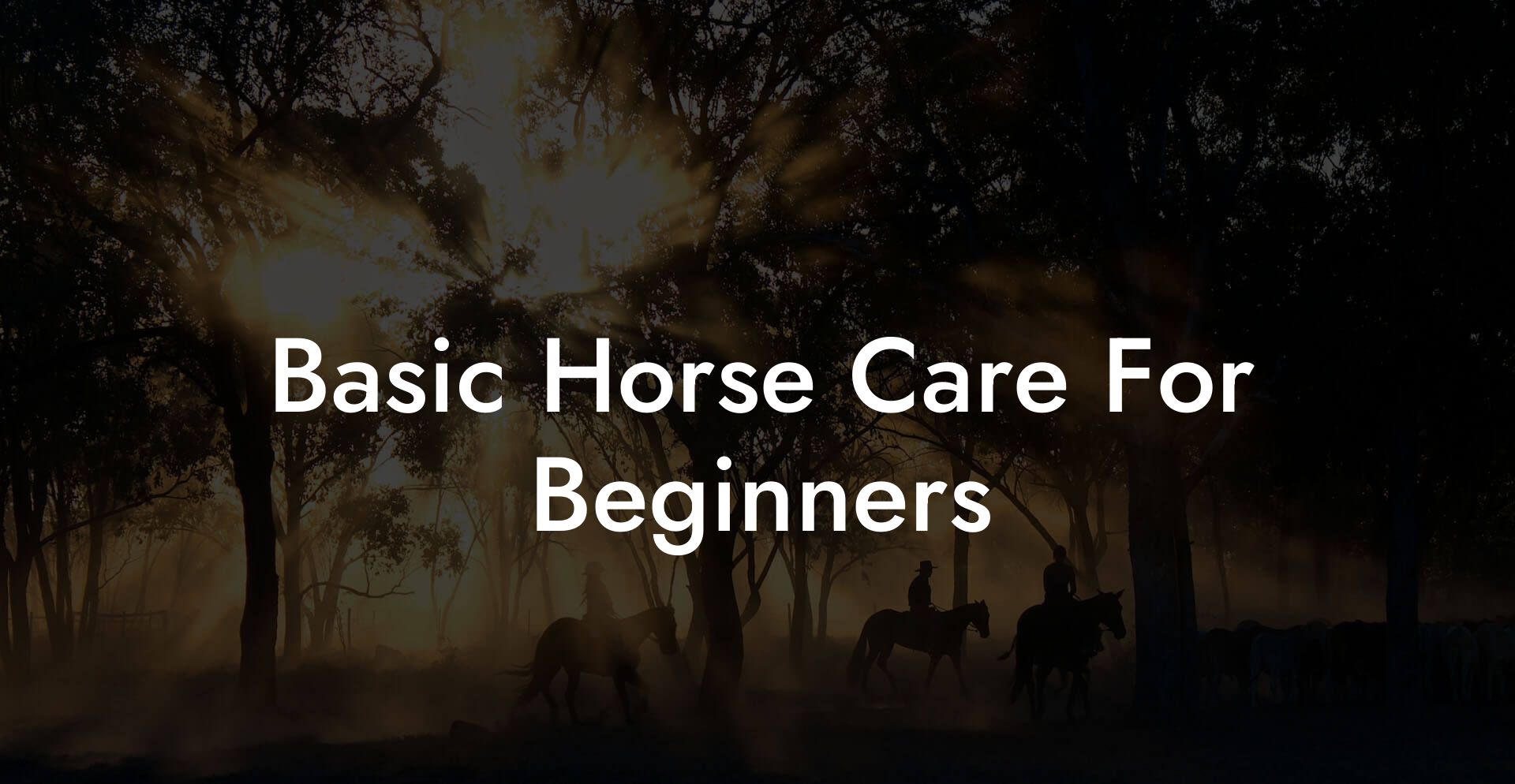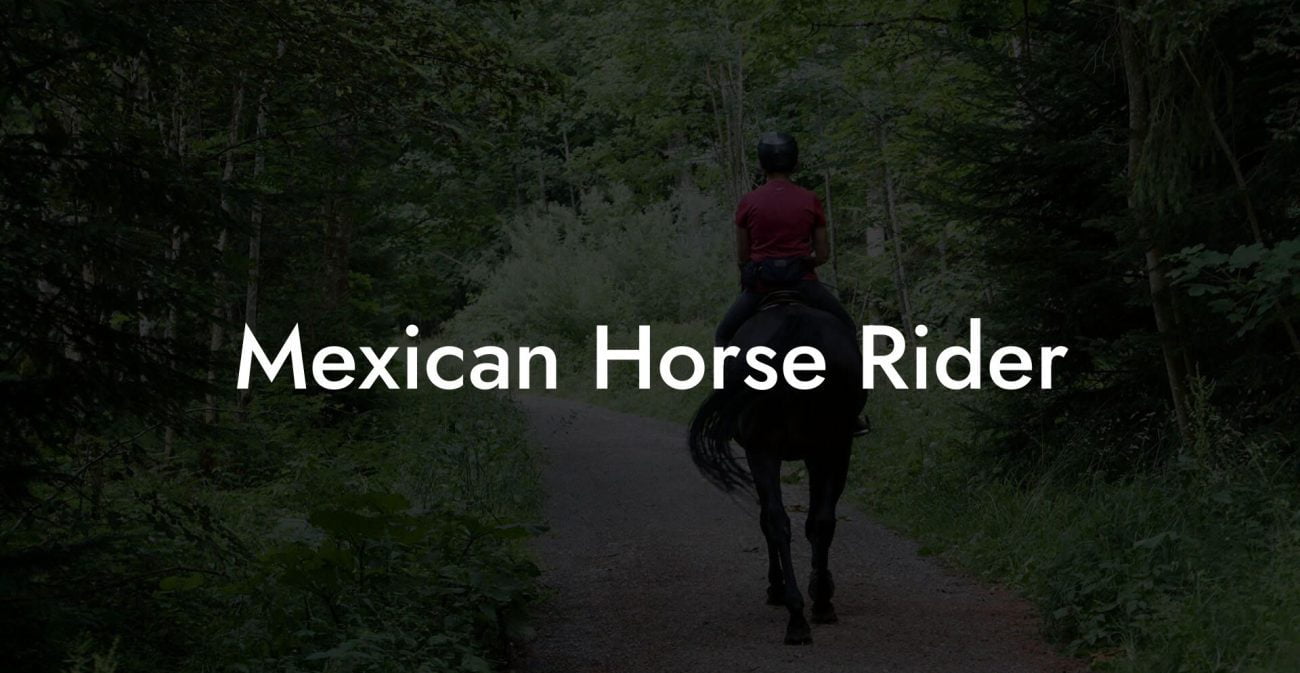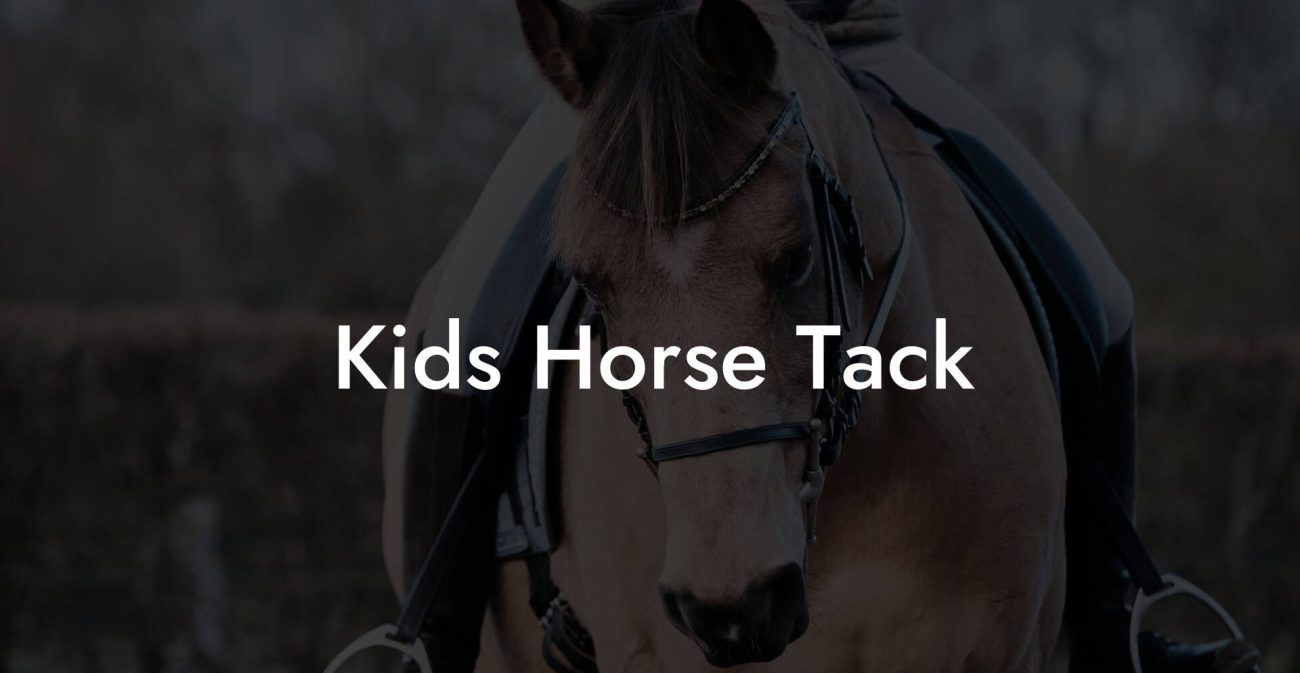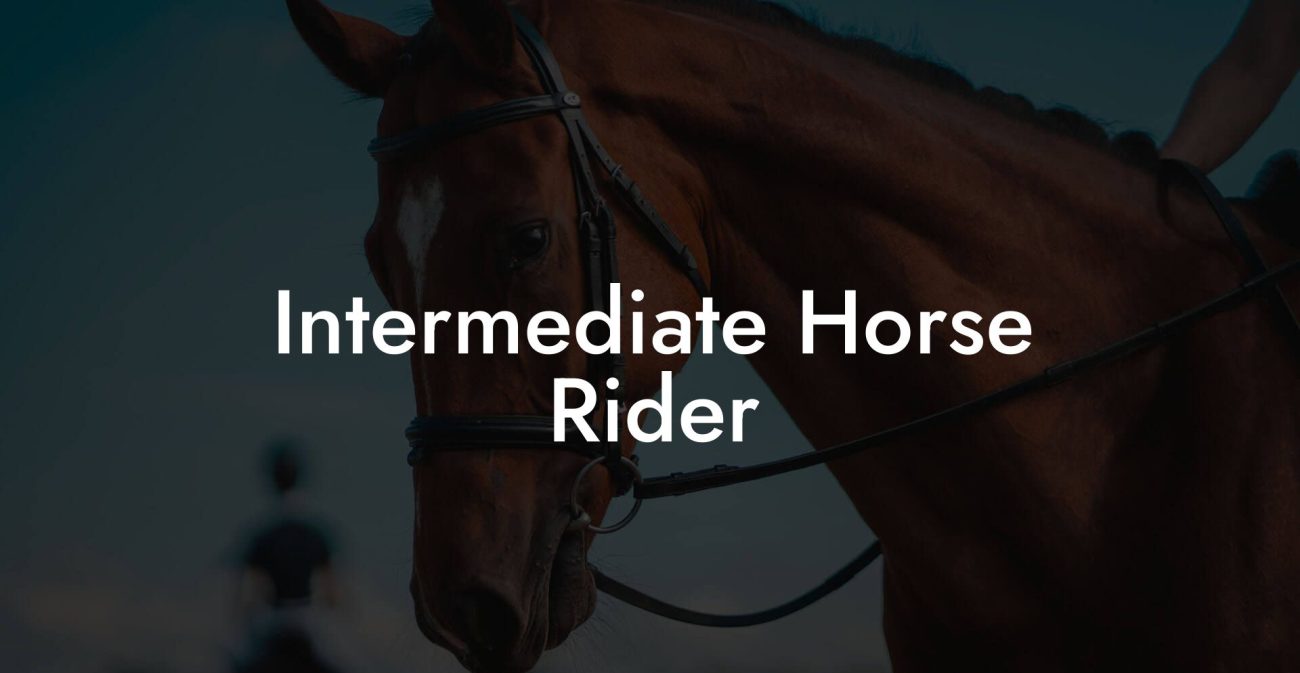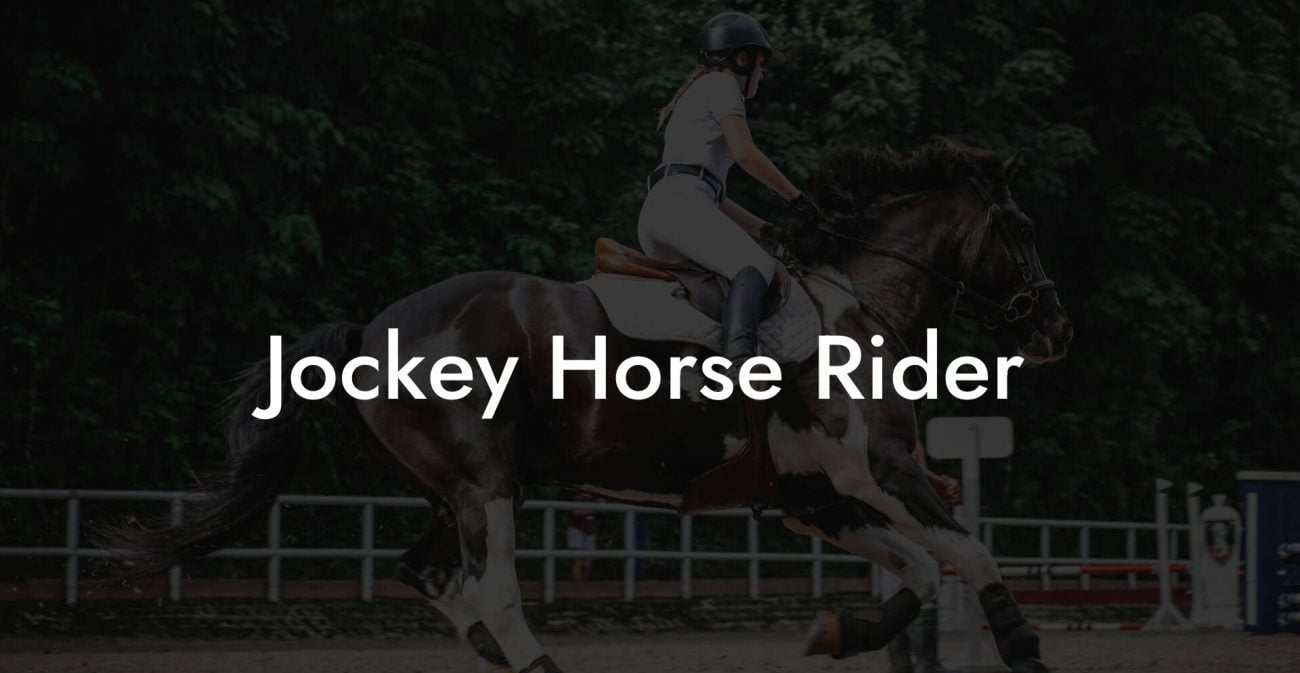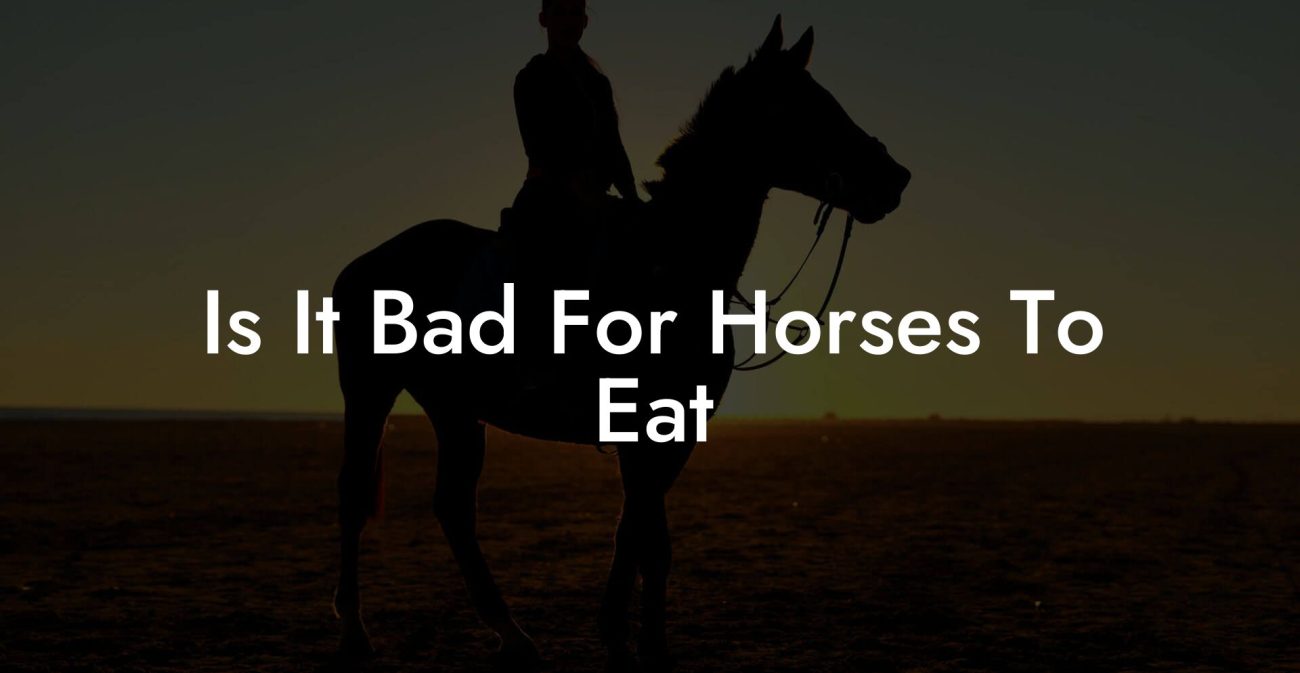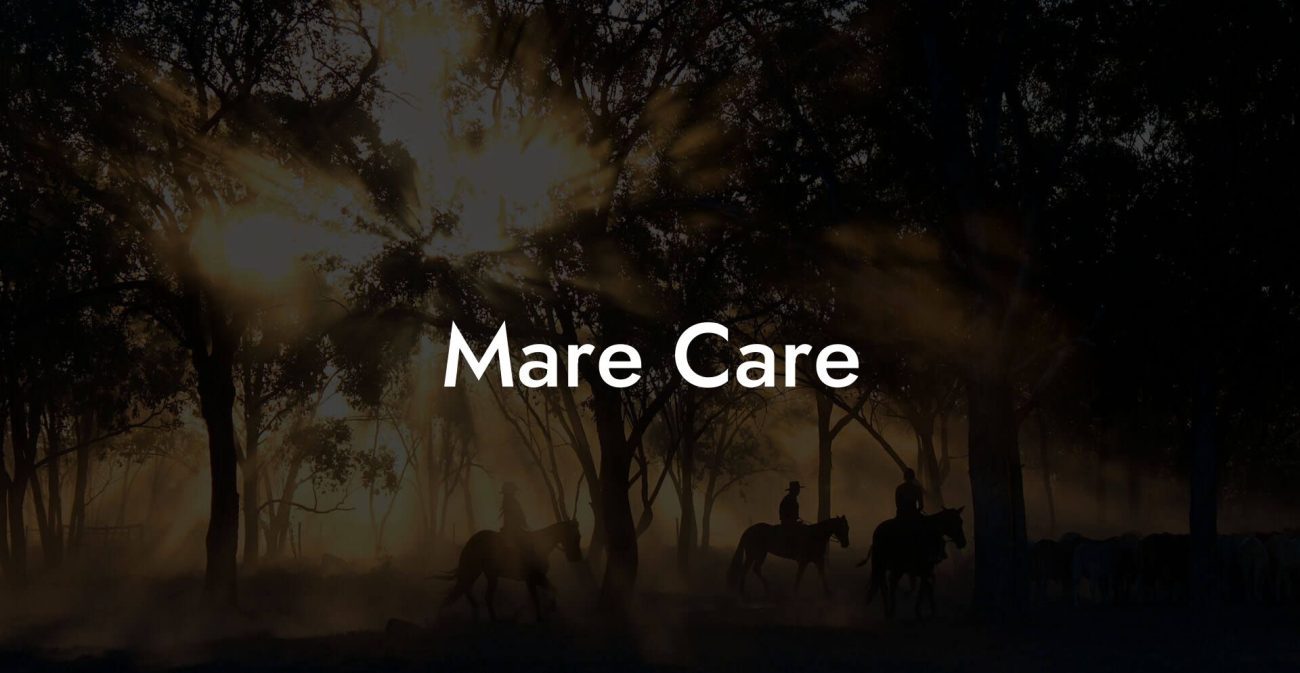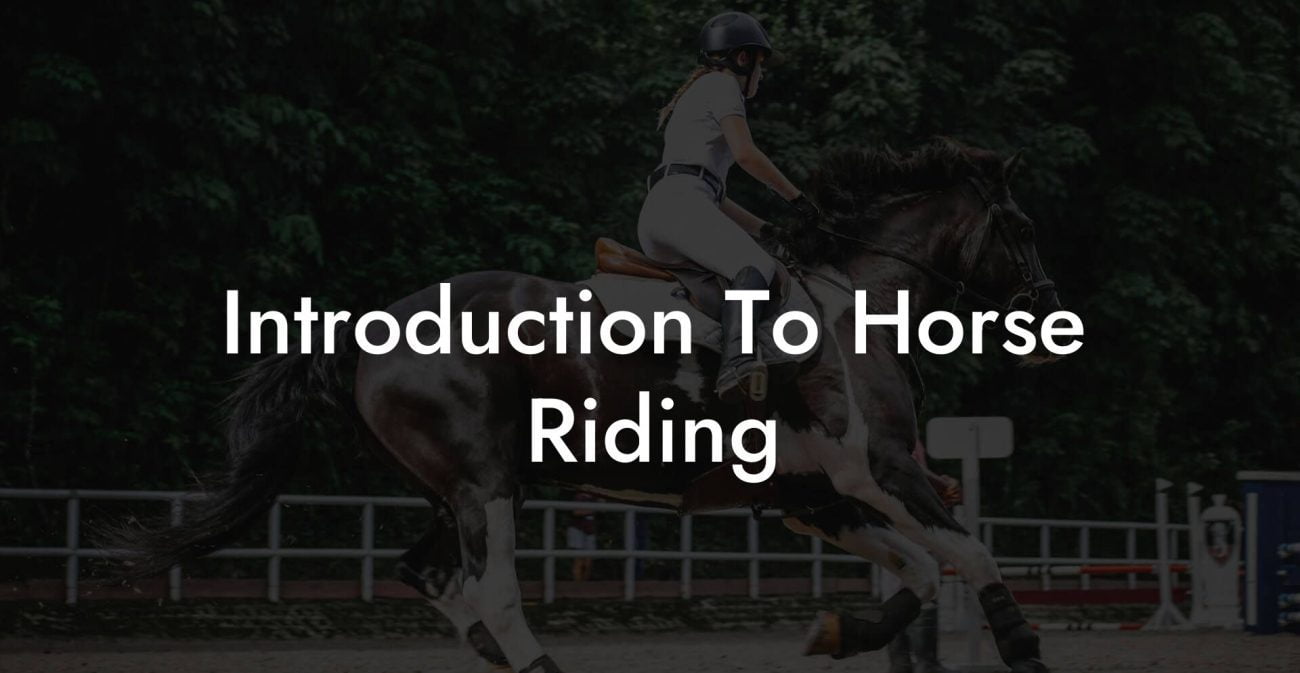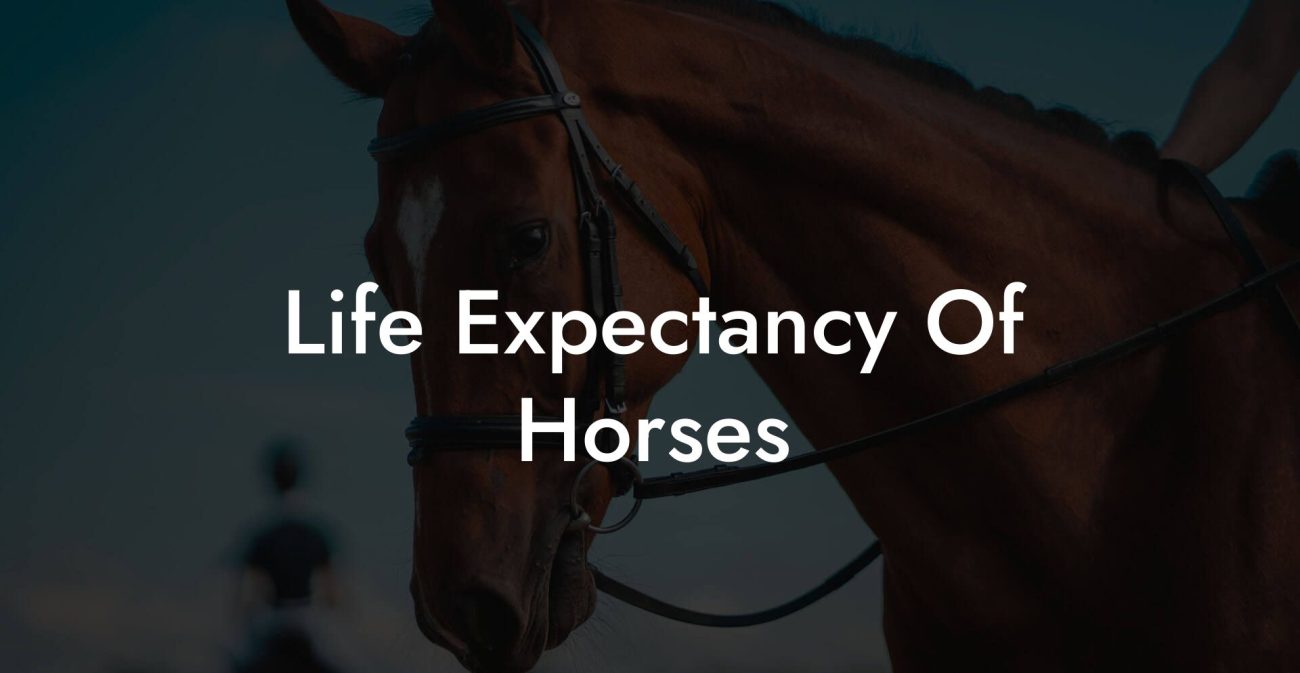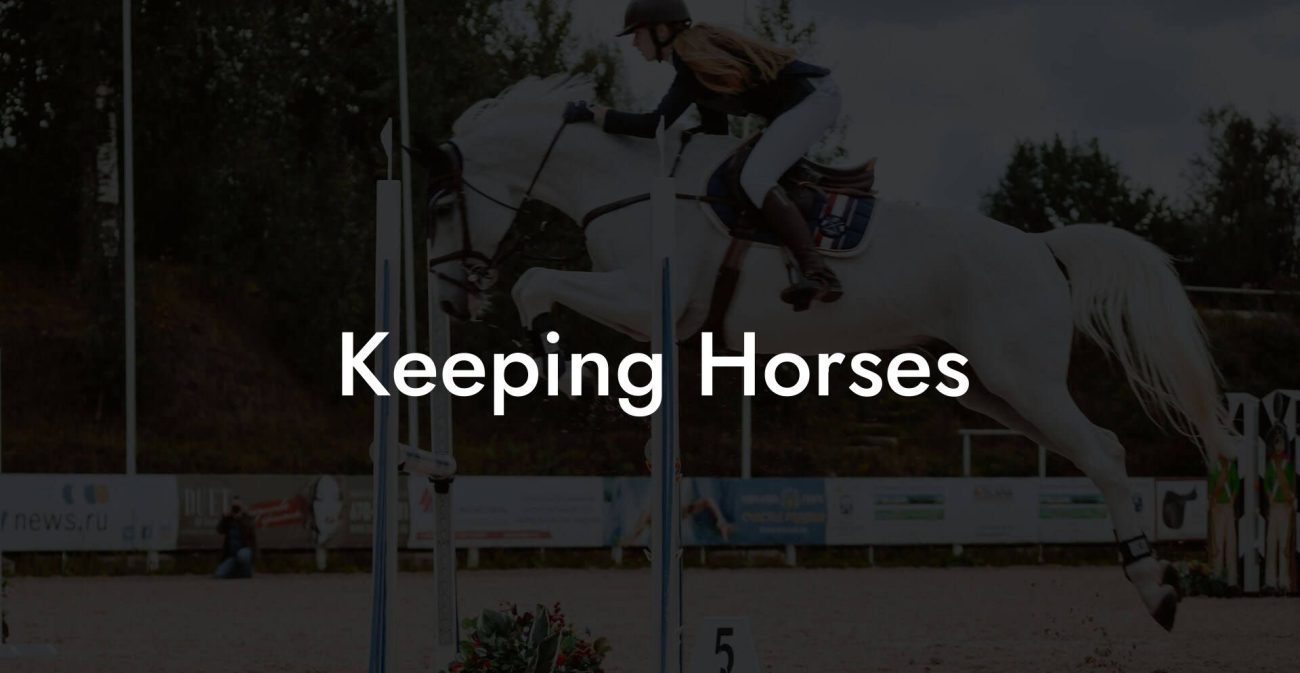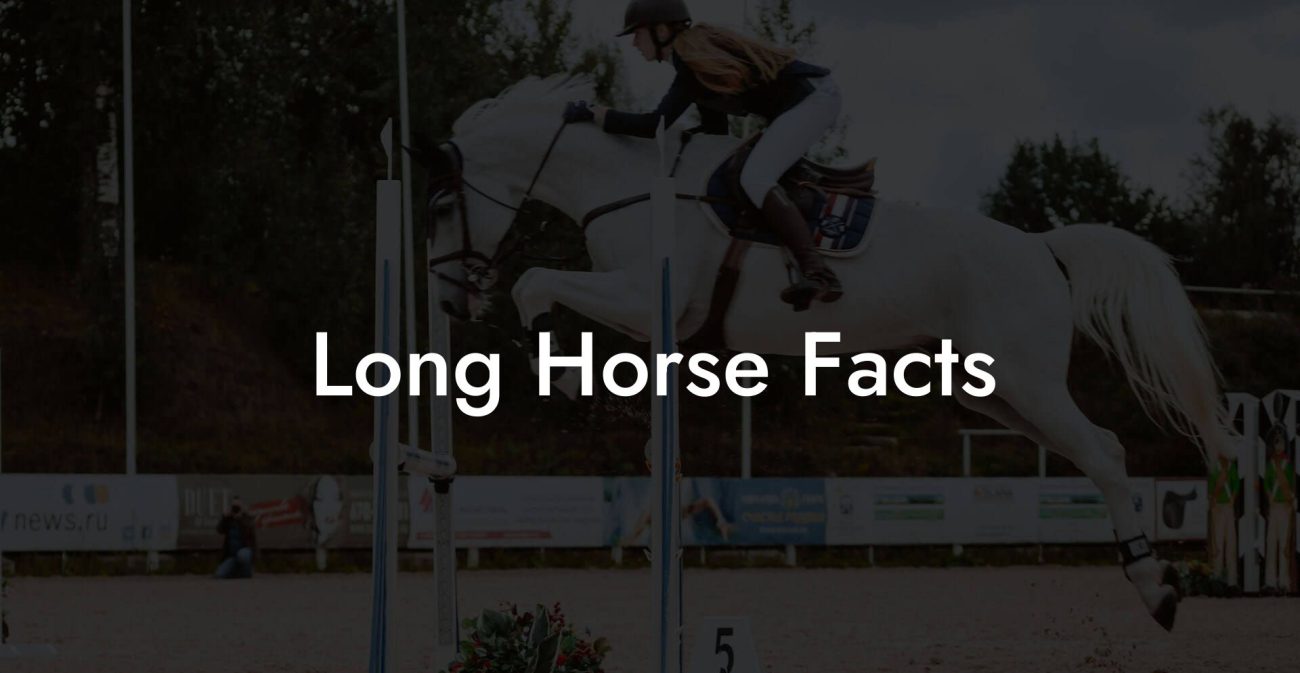Picture this: you and your majestic equine buddy trotting into adventure, a shared passion for freedom and fun, and a whole lot of basic horse care know-how that even your TikTok-fueled generation can vibe with. Basic Horse Care For Beginners isn’t just about mucking out stalls or tossing some hay, it's a full-on lifestyle that merges the art of building trust with your horse, savvy nutrition tips, grooming rituals that could rival your skincare routine, and a treasure trove of insights that will have you riding high on confidence. So saddle up and get ready to discover how caring for a horse can be as epic, and as accessible, as binge-watching your favorite series.
Quick Links to Useful Sections
- Introduction to the World of Horse Care
- Understanding Your Equine Partner: The Basics
- Key Equine Behavior Cues
- Feeding Your Horse: Nutrition That Neighs With Excellence
- Forage: The Foundation of Equine Nutrition
- Concentrates: The Extra Boost
- Supplements: Tailored to Your Horse’s Needs
- Grooming: Because Every Horse Deserves to Shine
- Daily Grooming Rituals
- Seasonal Grooming Tips
- Hoof Care: The Foundation That Keeps Them Galloping
- Trimming and Shoeing
- Preventing Hoof Disease
- Stable Management: Creating a Home That’s as Chill as Your Vibes
- The Ideal Stable Environment
- Turnout and Pasture Management
- Preventative Health and Maintenance: Riding on the Right Side of Wellness
- Vaccination and Deworming Schedules
- Routine Veterinary Care and Dental Checks
- Exercise and training: Building a Bond Beyond the Basics
- Daily Exercise Routines
- Riding Lessons and Skills Development
- Equine First Aid: Be the Hero in a Crisis
- Basic First Aid Kit Essentials
- Handling Common Emergencies
- Riding Gear and Safety: Look Cool, Stay Safe
- Essential Riding Gear
- Safety Tips Every Equestrian Should Know
- Resources and Community Support: Your Next Steps
- Online Platforms and Social Media
- Equestrian Clubs and Local Communities
- Workshops, Clinics, and Continuing Education
- Advanced Tips and Tricks for the Aspiring Horse Master
- Understanding Equine Body Condition Scoring
- Seasonal Care Adjustments
- Tracking Your Horse’s Health
- Incorporating Technology into Horse Care
- Real-Life Success Stories: From Newbie to Equestrian Extraordinaire
- The First-Time Rider’s Transformation
- A Community Journey
- Cultivating Creativity in Horse Care
- Building a Sustainable Equine Lifestyle
- Eco-Friendly Stable Management
- Sustainable Feeding Practices
- Equestrian Community Initiatives
- Frequently Asked Questions About Basic Horse Care
- Your Path to Confident, Fun-Filled Horse Care
Introduction to the World of Horse Care
Whether you’re a total newbie or a curious soul ready to channel your inner equestrian influencer, this guide is your ultimate resource on basic horse care. Think of it as an all-access pass to the universe where horses are your best friends, your workout partners, and even your style icons, all served up with a dash of humor and a side of down-to-earth tips.
Horses have been our loyal companions for centuries, but the basics of equine care are constantly evolving. Today’s approach is a blend of traditional wisdom and modern science, with plenty of resources tailored for the Gen-Z and millennial crowd. We’ll explore everything from feeding and grooming to stabling and exercise, ensuring that both you and your horse are living the best, healthiest lives possible.
Buckle up, buttercup, this isn’t your average “read and snooze” manual. Prepare for a humorous dive into how to transform horse care from a daunting chore into an engaging adventure that you (and your Instagram followers) will rave about.
Understanding Your Equine Partner: The Basics
At the heart of basic horse care is understanding that your horse isn’t just an animal, it’s a sensitive, intelligent partner with its own personality and quirks. Similar to how you wouldn’t judge a friend solely on their filter-free selfies, your horse deserves care that is thoughtful, consistent, and tailored to its unique temperament.
The phrase “horse care for beginners” packs a lot of meaning. It’s about learning to read your horse’s body language, anticipating needs before they become emergencies, and celebrating the little victories, like the first time your horse nuzzles you or the instant connection you feel while brushing its coat. This section sets the stage by exploring why a deep bond is the cornerstone of any successful equine care routine.
Key Equine Behavior Cues
To build trust and ensure a happy, healthy horse, you need to know the basics of equine body language. Here are some signs to look out for:
- Ear Position: Forward ears mean interest; pinned back can signal discomfort or aggression.
- Tail Movements: A gently swishing tail usually indicates relaxation, while a high, stiff tail may hint at anxiety.
- Posture: A relaxed stance equates to a content horse, whereas a rigid posture might mean it’s time to reassess the situation.
- Vocalizations: Whinnies and neighs communicate everything from greeting to distress. Listen carefully!
Learning these cues is like having the secret manual to your favorite video game, it gives you the edge in understanding and responding to your equine’s needs.
Feeding Your Horse: Nutrition That Neighs With Excellence
Just as you wouldn’t fuel your day with nothing but avocado toast (or maybe you would, but still…), your horse needs a balanced diet to keep it trotting at peak performance. Basic horse care starts with knowing what to feed your four-legged friend.
Horses are herbivores, so their bellies thrive on a diverse diet rich in fiber, vitamins, and minerals. Here’s your go-to cheat sheet for feeding your horse:
Forage: The Foundation of Equine Nutrition
At the core, horses should be eating high-quality hay or pasture grass. These elements help maintain a healthy gut, a must for keeping your horse’s digestive system humming along smoothly.
- Hay Types: Timothy, Bermuda, and Alfalfa – each comes with its specialty. Timothy hay is great for maintaining weight balance, while alfalfa is nutrient-dense and perfect for growing horses.
- Pasture Management: Rotational grazing and well-maintained pastures not only offer nutritional benefits but ensure your horse gets plenty of natural exercise and mental stimulation.
Concentrates: The Extra Boost
Sometimes, your horse might need an extra energy boost. Grains, pellets, and specially formulated feed mixes supply that extra oomph required for hard work or high energy levels. However, balance is key, too many concentrates can disrupt digestion and lead to issues like colic.
Supplements: Tailored to Your Horse’s Needs
Just like you might choose a multivitamin from your favorite wellness influencer, horses can benefit from supplements! Common additions include:
- Vitamins and Minerals: Depending on your horse's age and workload, supplements for calcium, phosphorus, and vitamins A, D, and E can be a game changer.
- Joint Support: Supplements like glucosamine and chondroitin help support joint health, especially if your horse is an active sport or trail rider.
- Probiotics: These help maintain a healthy gut microbiome, ensuring your horse digests its food properly.
Remember: Always consult with a trusted equine nutritionist or veterinarian before tweaking your horse’s diet, it’s all about that perfect balance!
Grooming: Because Every Horse Deserves to Shine
If your skincare routine gets you hundreds of likes on Instagram, wait until you see the glow a well-groomed horse can deliver. Grooming is not just an aesthetic exercise but a key component of your horse’s overall health and happiness.
Daily Grooming Rituals
Making grooming a daily habit doesn’t have to be a drag. In fact, it can be a bonding experience that’s both therapeutic and fun. Here’s what your daily equine spa day looks like:
- Brushing: Use a soft curry comb followed by a stiff brush to remove dirt, debris, and loose hair. This keeps your horse’s coat shiny and healthy.
- Hoof Picking: Remove stones, mud, and manure from your horse’s hooves daily to prevent infections and lameness.
- Bathing: While not a daily necessity, occasional baths can refresh both you and your horse. Use horse-friendly shampoos and conditioners to maintain skin balance.
Seasonal Grooming Tips
Just as your wardrobe changes with the seasons, so should your grooming routine. Winter may require fewer baths but a focus on moisture, while summer is all about fighting bugs and maintaining cool, clean skin.
And hey, if your grooming routine inspires you to hop on a livestream or craft the perfect TikTok tutorial, more power to you!
Hoof Care: The Foundation That Keeps Them Galloping
Consider your horse’s hooves as its very own sneakers, if they’re not taken care of, the whole performance takes a hit. Basic hoof care is essential to prevent issues like cracks, infections, and lameness.
Trimming and Shoeing
Just like a fresh pair of kicks, well-maintained hooves provide comfort and stability. Here’s what to know:
- Regular Trimming: Ideally, hooves should be trimmed every 6-8 weeks. This prevents overgrowth, uneven wear, and potential injury.
- Shoeing: For horses on hard surfaces or those needing extra support, shoes can provide necessary protection. Work with a farrier to choose the best option, whether it’s traditional metal shoes or modern alternatives like urethane boots.
Preventing Hoof Disease
Maintain a clean and dry environment in your stable to ward off hoof diseases like thrush or abscesses. Regularly inspect your horse’s hooves for any signs of cracks, bleeding, or unusual odors, because a healthy hoof is the foundation of a happy, energetic horse.
Stable Management: Creating a Home That’s as Chill as Your Vibes
A well-managed stable is the equine equivalent of a cozy, well-decorated apartment, everything needs to be clean, safe, and organized. Understanding basic stable management is crucial in ensuring your horse has a comfortable life.
The Ideal Stable Environment
An ideal stable should have:
- Adequate Ventilation: Fresh air is vital for preventing respiratory issues and keeping the environment pleasant.
- Proper Lighting: Natural light improves both mood and safety. Incorporate windows or skylights if possible.
- Cleanliness and Hygiene: Regularly clean out manure, replace bedding, and disinfect common areas to prevent disease.
- Spacious Design: Ensure there is plenty of room for your horse to move freely, crowded conditions can lead to stress and injuries.
Turnout and Pasture Management
Horse turnout is like the ultimate weekend adventure, letting your horse stretch its legs and graze freely in pastures, which improves their physical health and mental well-being. When managing pastures, consider:
- Rotational grazing to prevent overgrazing.
- Regular maintenance to remove hazards like sharp objects or toxic plants.
- Water access in every part of the pasture.
A well-planned turnout schedule ensures that your horse gets the perfect balance of exercise, social interaction, and relaxation.
Preventative Health and Maintenance: Riding on the Right Side of Wellness
Just as you invest time in your workout routine and yearly checkups, your horse deserves regular health maintenance to avoid potential illnesses. Preventative care in horses includes routine vaccinations, deworming, and health checkups.
Vaccination and Deworming Schedules
Keeping your horse’s immune system in peak condition means staying on top of vaccination schedules and deworming programs. Your veterinarian should guide you regarding:
- Tetanus and Influenza Vaccinations: These are important for horses exposed to new environments or moving between stables.
- Deworming: Regular deworming helps keep your horse’s gut healthy. Fecal egg counts can guide how often to administer dewormers.
Routine Veterinary Care and Dental Checks
Don’t forget those regular visits from your favorite equine vet. Dental checkups help maintain your horse’s ability to chew efficiently, while periodic examinations help catch any potential issues early on. Think of it as your horse’s annual physical, but with more hay and neighing.
Preventative health measures, when integrated into your routine, ensure not only a longer life but also a better quality of life for your trusty steed.
Exercise and training: Building a Bond Beyond the Basics
For Gen-Z and millennial equestrians who thrive on experiences and story-worthy adventures, integrating exercise and training into your equine care routine is key. Whether your goal is to master dressage, trail riding, or simply enjoy brisk trots across the field, there are a few pointers to always keep in mind.
Daily Exercise Routines
While horses naturally roam, structured exercise routines help build strength, coordination, and deep mutual trust. Here’s how to get started:
- Warm-Up and Cool-Down: Just like your favorite fitness influencers preach, always start with a gentle warm-up and conclude with a cool-down session to prevent injuries.
- Varied Workout Types: Alternate between light trotting, cantering, and more intense workouts. Incorporate arena work, trail riding, or lunging sessions to keep things fresh and exciting.
- Incorporate Ground Training: Groundwork not only hones your horse’s discipline but also strengthens the bond between you two. Techniques like leading, yielding, and simple obstacle courses are a win-win.
Riding Lessons and Skills Development
Enrolling in riding lessons or participating in clinics can up your game dramatically. Certified instructors help ensure that you’re riding safely and effectively while also teaching you new skills. From mastering basic commands to advanced maneuvers, continuous learning keeps both you and your horse challenged.
And for all the DIYers out there, there are plenty of YouTube channels and online courses that break down everything from riding posture to jump techniques in a fun, digestible way.
Equine First Aid: Be the Hero in a Crisis
Accidents happen, even to the best of us, and our horses! Having equine first aid knowledge in your back pocket can be a literal lifesaver. This section is dedicated to quick fixes and long-term strategies for keeping your horse safe, healthy, and out of harm’s way.
Basic First Aid Kit Essentials
Every stable should be stocked with a first aid kit designed for horses. Essential items include:
- Bandages and Gauze: For wrapping wounds and preventing further injury.
- Antiseptic Solutions: To clean cuts and scrapes.
- Tweezers and Scissors: To remove debris or trim damaged hair around a wound.
- Thermometer: To detect fevers early on.
- Electrolyte Solutions: Especially useful during dehydration or extreme exercise.
Handling Common Emergencies
From minor cuts to colic, being prepared with the right techniques is a must. Learn how to:
- Recognize the early signs of colic and take swift action.
- Stabilize your horse following a minor injury until professional help arrives.
- Perform basic wound care and monitor for signs of infection.
Having a solid grasp of equine first aid not only increases your horse’s safety but also builds your confidence as a responsible caregiver.
Riding Gear and Safety: Look Cool, Stay Safe
Let’s be real, riding gear isn’t just about looking like you just stepped out of a high-fashion photoshoot (although that can be a bonus). Your safety and your horse’s comfort come first. Here’s a quick makeover to your riding ensemble that blends function with flair.
Essential Riding Gear
Regardless of whether you're a weekend warrior or contemplating competitive riding, some items are non-negotiable:
- Helmet: The ultimate symbol of safety. Choose one that fits perfectly and meets the latest safety standards.
- Riding Boots: Sturdy, comfortable, and designed to provide grip and support.
- Jackets and Vests: Weather-appropriate clothing that offers both style and mobility.
- Gloves: For a solid grip and to add that extra cool factor to your overall look.
Safety Tips Every Equestrian Should Know
Safety in riding is as paramount as it is in any extreme sport. Here are some top tips:
- Always Check Your Gear: Before every ride, do a quick gear check to ensure everything is secure.
- Know Your Limits: Whether you’re just starting out or trying to perfect your jump, understanding your own limitations (and those of your horse) will keep you both safe.
- Communicate Clearly: From using standard commands to establishing boundaries, clear communication with your horse can prevent many mishaps on the trail or arena.
With the right gear and a vigilant safety mindset, you’ll not only look cool in your riding outfit but will also be prepared for anything that comes your way.
Resources and Community Support: Your Next Steps
No journey is complete without a little help from your friends, and in the world of horse care, community is everything. Whether you’re browsing online forums, joining local clubs, or following expert equestrians on social media, tapping into community support can enrich your basic horse care adventure.
Online Platforms and Social Media
The internet is buzzing with equine enthusiasts ready to share their knowledge and experience. From YouTube channels dedicated to equine grooming tips to Instagram accounts that chronicle daily stable adventures, these resources can provide you with inspiration, practical advice, and a laugh or two along the way.
Equestrian Clubs and Local Communities
Look for local horse owner groups, riding clubs, and training centers near you. Participating in workshops, group rides, or even casual meet-ups can enhance your learning experience and offer you face-to-face support from fellow riders.
Workshops, Clinics, and Continuing Education
Many equestrian centers offer workshops and clinics that cover everything from advanced grooming techniques to equine first aid and stable management. Stay updated on upcoming events and invest in a few sessions that align with your interests, accelerating your growth as a confident horse caretaker.
The journey of mastering basic horse care is as much about the experiences you collect as it is about the technical know-how. Engage with the community, share your wins and fails, and let the collective wisdom of the equine world guide you toward excellence.
Advanced Tips and Tricks for the Aspiring Horse Master
Now that you have the essentials down, let’s take it a step further with advanced tips that can transform you from a horse care beginner into a bona fide equine aficionado. These aren’t your run-of-the-mill bullet points, they’re the insider secrets that pros have been honing over years of experience.
Understanding Equine Body Condition Scoring
Body Condition Scoring (BCS) is a method used to evaluate the health and nutritional status of your horse. With a little practice, you’ll be able to tell if your horse is in optimal shape or if adjustments in diet and exercise are needed. Look for points of fat cover over key areas like the neck, shoulder, ribs, and tail head. A perfect BCS is as satisfying as nailing that trending dance challenge!
Seasonal Care Adjustments
As the seasons change, so do your horse's needs. In the winter, focus on providing extra bedding and ensuring the stable temperature is comfortable. In the summer, emphasize hydration, provide plenty of shade, and adjust your workout routines to prevent overheating. Seasonal adjustments are not only about survival but maximizing your horse’s optimal performance all year round.
Tracking Your Horse’s Health
Digital tools and apps can now track everything from your horse’s weight to routine health checks (think of it as the Fitbit for your equine friend). Monitoring trends in behavior, appetite, and body condition can help you catch any potential problems early and adjust routines accordingly.
Incorporating Technology into Horse Care
Social media isn’t just for viral dance videos, many modern horse owners rely on technology to improve care. From apps that schedule vaccinations and deworming to virtual consultations with veterinarians, integrating technology can save you time and bring precision to your care routine.
These advanced tips are designed to inspire you to constantly evolve your horse care routine. Remember, every bit of extra effort you invest in your horse’s well-being is a testament to the bond you share.
Real-Life Success Stories: From Newbie to Equestrian Extraordinaire
Nothing speaks louder than real-life success stories. Meet a few inspiring equestrians who started as beginners and have since mastered the art of horse care.
The First-Time Rider’s Transformation
Alex, a self-proclaimed urban millennial with a passion for Instagram aesthetics, was initially overwhelmed by the idea of horse care. After joining a local equestrian club and attending several workshops, Alex learned to manage everything, from the daily grooming routine to scheduling regular vet visits. Today, Alex’s horse, Star, is not only the most well-groomed on the pasture but also the star of several viral social media posts.
A Community Journey
Mia and Jordan, a dynamic duo who bonded over their love for horses, started their journey in a modest stable with limited resources. Through trial, error, and the support of a vibrant online community, they built a thriving routine that included innovative feeding techniques, tech-driven health tracking, and shared first aid responsibilities. Their story is a testament to how collaboration and community can transform challenges into triumphs.
Cultivating Creativity in Horse Care
For many young equestrians, basic horse care is a canvas for creativity. From designing custom stable decor that doubles as social media backdrops, to experimenting with DIY grooming products that use natural ingredients, these success stories underscore that with passion and persistence, horse care can be as delightful and innovative as any creative pursuit.
These narratives remind us that every expert was once a beginner, and that your journey can be both challenging and spectacularly rewarding.
Building a Sustainable Equine Lifestyle
In today’s eco-conscious world, sustainable practices are the new norm, not just for us humans but for our horses too. A sustainable equine lifestyle means caring for your horse and the environment in tandem. This section will arm you with the insights to nurture your horse while minimizing environmental impact.
Eco-Friendly Stable Management
Sustainable stable management can be simple and effective. Consider these practices:
- Recycling and Composting: Turn manure and bedding waste into nutrient-rich compost for use in pastures or local gardens.
- Water Conservation: Use automatic waterers with sensors to ensure your horse always has clean water while avoiding waste.
- Solar-Powered Lighting: Enhance your stable’s sustainability with energy-efficient solutions that reduce your carbon footprint.
Sustainable Feeding Practices
Choose locally sourced feed whenever possible and consider organic hay options to reduce your horse’s exposure to chemical additives. This not only benefits your horse but also supports local agriculture and environmental sustainability.
Equestrian Community Initiatives
Many communities are coming together to promote sustainable practices in horse care, from organizing local clean-up events at stables to hosting workshops on natural grooming products. Being part of such initiatives can amplify your impact and connect you with likeminded equestrians who are passionate about environmental stewardship.
By integrating sustainable practices into your daily routine, you’ll be paving the way for a healthier future for your horse and our planet.
Frequently Asked Questions About Basic Horse Care
Here are some of the most common questions that arise when diving into the world of basic horse care, along with all the answers you need for an informed start.
1. What are the most important elements of basic horse care?
The essentials include providing a balanced diet with a focus on quality hay and pasture, daily grooming and hoof care, regular veterinary checkups including vaccinations and deworming, and ensuring a clean, safe stable environment.
2. How often should I groom my horse?
Daily grooming is best for maintaining a healthy coat and skin, while detailed grooming sessions (including bathing) can be scheduled weekly or as needed.
3. What type of feed is best for a beginner’s horse?
High-quality hay or pasture should make up the majority of the diet. Depending on energy needs, concentrates and supplements may be added, but always consult with an equine nutritionist.
4. How do I know if my horse is healthy?
Regular veterinary checkups, consistent behavior patterns, a shiny coat, and an overall alert demeanor are good indicators of your horse’s health.
5. What are the key safety tips for riding?
Always wear a certified helmet, check your gear before every ride, be aware of your horse’s body language, and never push both you and your horse beyond your limits.
6. How can I make my stable more eco-friendly?
Implement recycling and composting, use water-saving devices, and consider renewable energy sources. Sustainable practices not only benefit the environment but also create a healthier living space for your horse.
7. Are there mobile apps available for tracking equine health?
Yes, there are several apps designed to help track feeding schedules, health records, and exercise routines, ensuring you’re always on top of your horse’s needs.
8. Can I start basic horse care on a limited budget?
Absolutely, many basic practices are cost-effective. Begin with proper grooming, stable management, and dietary adjustments. As you advance, invest in additional resources gradually.
Your Path to Confident, Fun-Filled Horse Care
Embracing the art of basic horse care is like unlocking a new level in life, where every moment spent with your equine partner is a blend of joy, responsibility, and endless adventure. From understanding your horse’s cues to mastering the ins and outs of nutrition and grooming, every tip and trick you learn propels you further into a world where care meets passion.
As you navigate the intricacies of feeding, grooming, stabling, and riding, know that you're building not just a routine, but a lifestyle steeped in love, trust, and a dash of millennial magic. With every brush stroke, every perfectly measured feed, and every safe ride, you're proving that equine care is not only fundamental, it's fiercely fun.
So gear up, charge your smartphone (for those epic riding selfies), and dive into the vibrant, ever-evolving world of horse care. Your journey to becoming an empowered, informed equestrian begins with one small step, embrace it, document it, and let your passion for horses shine as brightly as your favorite filter.
Get ready to share your experiences and inspire others, because in the realm of basic horse care, every newbie has the potential to become a legend.

